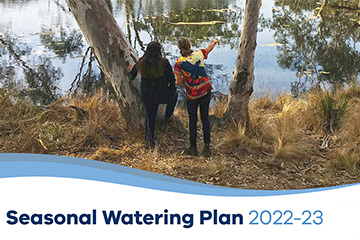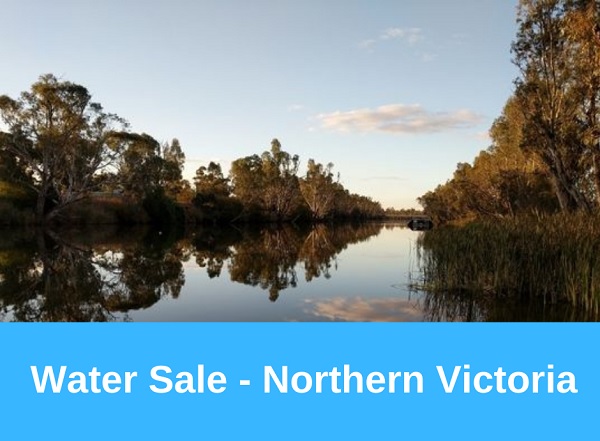Lake Hawthorn teeming with bird life
13 April 2017
An early morning or evening walk around Lake Hawthorn at the moment is a treat for nature-lovers. Thousands of birds are in temporary residence at the lake in response to seasonal conditions and the availability of water at the saline wetland at Cabarita west of Mildura.
Mallee Catchment Management Authority (CMA) Chair Sharyon Peart said the number of birds on the lake was a spectacle, particularly in early morning and evening.
"It's absolutely teeming with birds and it shows why providing that shallow wading environment is important," Ms Peart said.
Migratory shorebirds in particular need shallow and saline areas to wade and feed and that is quite different to the habitat available from the Murray River and freshwater wetlands," she said.
"There are relatively few saline wetlands in our area that can maintain water right through the summer period and offer the refuge the waterbirds and shorebirds need."
Mallee CMA General Manager Operations and Community James Kellerman said the lake and lakebed were important food sources for many waterbirds.
"The shallow water environment at Lake Hawthorn provides an important habitat niche, because saline wetlands can have the capacity to support about ten times as many waterbirds as freshwater wetlands," Mr Kellerman said.
"When salinity levels increase in the lake, clay particles flocculate and settle, improving water clarity," he said.
"This improves light penetration and promotes growth of algae, microbes, and aquatic vegetation such as Ruppia in shallow water, which in turn supports zooplankton and provides a bountiful food source for the birds."
A local citizen scientist with the Mallee CMA carried out bird surveys in January and March, observing 31 different species. They included waterbirds such as herons, stilts, swans, ducks, avocets and plovers; and terrestrial birds including wrens and parrots.
Mr Kellerman said Lake Hawthorn's proximity to the Murray River also made it an important wetland for resident native waterbirds.
"There is high quality floodplain vegetation including Lignum Swampy Woodland between Lake Hawthorn and the river," he said.
"That gives resident waterbirds a corridor to move easily between feeding grounds at the lake, through breeding grounds on the floodplain, to deep flowing water at the river."
Lake Hawthorn received environmental water last year from the Victorian Environmental Water Holder, which aimed to keep levels in the lake between 10 and 50 centimetres deep.
Most of the migratory birds arrive in Australia in late winter or early spring and depart in autumn, so we can expect to see some of the birds currently at the lake beginning to move on soon.
Some juveniles may overwinter in Australia so it is important for water to remain ponded in Lake Hawthorn permanently.
Maintaining a minimum water level within the lake might also promote re-establishment of aquatic vegetation, an important habitat requirement of many species of waterbirds.
"Monitoring of the lake during 2016-17 has shown environmental watering isn't needed at this stage because levels have been maintained by storm water drainage."
See Lake Hawthorn for yourself through this time lapse video.
Further Information
Mallee CMA
Tel: 03 5051 4377


